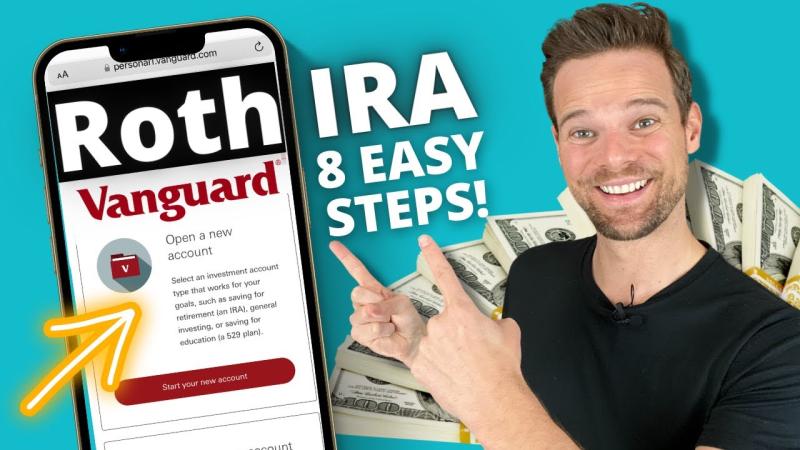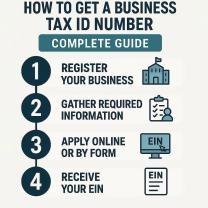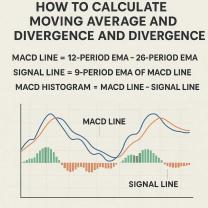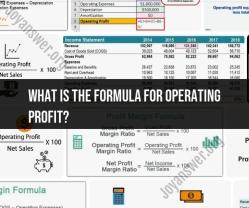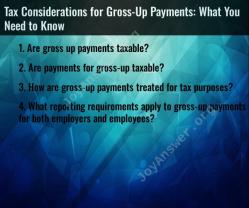How do I invest in Vanguard?
Investing with Vanguard is a popular choice for many due to their low-cost index funds and ETFs. Here's a step-by-step guide to help you get started:
1. Define Your Financial Goals:Before you invest, it's crucial to understand what you're saving for. Common goals include:
- Retirement: Saving for your golden years through accounts like a 401(k) (if offered by your employer) or an Individual Retirement Account (IRA - Traditional or Roth).
- General Investing: Saving for a home down payment, a car, or other life milestones using a taxable brokerage account.
- Education: Funding college expenses for yourself or a loved one with a 529 plan.
- Emergency Fund: Building a safety net for unexpected expenses (though this is often best kept in a high-yield savings account rather than investments for easy accessibility).
2. Choose the Right Investment Account:Vanguard offers various account types, each with different tax implications and features:
- Individual Retirement Accounts (IRAs):
- Traditional IRA: Contributions may be tax-deductible, and earnings grow tax-deferred. You pay taxes upon withdrawal in retirement.
- Roth IRA: Contributions are made with after-tax money, but qualified withdrawals in retirement are tax-free.
- Brokerage Account: A general investing account for short- or long-term goals. Earnings and capital gains are generally taxable.
- 529 Plan: Tax-advantaged accounts specifically for education savings.
- Small Business Retirement Plans: Options like SEP-IRAs or Individual 401(k)s for self-employed individuals or small business owners.
- Cash Plus Account: A savings account alternative for short-term cash with a competitive APY.
3. Determine Your Asset Allocation and Risk Tolerance:This involves deciding how to divide your investments among different asset classes, primarily stocks, bonds, and cash. Your allocation should align with your:
- Time Horizon: How long you have until you need the money (longer time horizons generally allow for more risk).
- Risk Tolerance: How comfortable you are with market fluctuations and potential losses.
- Financial Situation: Your overall financial health and ability to withstand market downturns.
Vanguard offers tools like investor questionnaires to help you determine an appropriate asset allocation.
4. Select Your Investments:Vanguard is renowned for its low-cost Exchange-Traded Funds (ETFs) and mutual funds, particularly index funds that aim to track a specific market benchmark (like the S&P 500).
- Index Funds/ETFs: These are often recommended for beginners as they provide broad diversification and are passively managed, leading to lower fees.
- You can also invest in individual stocks and bonds through a Vanguard brokerage account.
5. Open an Account:To open an account with Vanguard, you'll typically need:
- Your bank account and routing numbers.
- Your Social Security number.
- Your employer's name and address (if applicable).
The process usually involves:
- Choosing an account type (as determined in step 2).
- Transferring money to your new account's settlement fund. This can take a few business days.
- Exploring investments while your money is transferring.
- Placing your trade once the funds are available.
6. Understand Vanguard's Fees and Minimums:
- Vanguard generally has a $25 annual account service fee for brokerage and mutual fund-only accounts, though this can often be avoided (e.g., by signing up for e-delivery of statements).
- Most Vanguard mutual funds have a $3,000 minimum initial investment, though some target-retirement funds have a lower minimum of $1,000.
- Vanguard ETFs often have a minimum investment of just $1 (the price of one share).
- Vanguard offers commission-free online trading for Vanguard mutual funds and ETFs within your Vanguard account.
7. Consider Vanguard's Advisory Services (Optional):If you prefer a more hands-off approach or need personalized financial planning, Vanguard offers various advisory services:
- Vanguard Digital Advisor: Automated investing with ETF-based portfolios, starting with a lower minimum ($100).
- Vanguard Personal Advisor Services: A hybrid service offering access to financial advisors, ongoing planning, and automated investing (typically for $50,000+).
- Higher-tier services are available for those with larger investment amounts.
Important Considerations:
- Long-Term Discipline: Vanguard's investment philosophy emphasizes long-term investing, diversification, and minimizing costs. Avoid reacting to short-term market fluctuations.
- Diversification: Don't put all your eggs in one basket. Diversify your investments across different asset classes and industries to manage risk.
- Read the Prospectus: Before investing in any mutual fund or ETF, always obtain and carefully read the prospectus to understand its investment objectives, risks, charges, and expenses.
By following these steps, you can begin your investment journey with Vanguard and work towards your financial goals.
What steps are involved in investing through Vanguard?
Great question — investing through Vanguard is straightforward, but it’s smart to understand the main steps before you begin. Here’s a clear overview:
Steps to Invest Through Vanguard
Decide on Your Investment Goals
Define your goals: retirement, college savings, general wealth building, etc.
Choose your time horizon (short, medium, or long term).
Assess your risk tolerance (conservative, balanced, aggressive).
Create a Vanguard Account
Go to Vanguard’s official website.
Choose the type of account:
Individual brokerage account
Retirement account (like a Traditional IRA, Roth IRA)
529 plan (for education)
Complete the online application — you’ll need your Social Security number, bank info, and employment details.
Fund Your Account
Link your bank account.
Set up an initial transfer — you can start with a lump sum or set up automatic deposits.
There’s generally no minimum for brokerage accounts, but some mutual funds have minimums (e.g., $1,000–$3,000).
Choose Your Investments
DIY approach: Pick and buy individual Vanguard mutual funds, ETFs, or other securities.
Hands-off approach: Use Vanguard’s Target Retirement Funds or the Vanguard Digital Advisor, which builds and manages a portfolio for you.
Research fund options using Vanguard’s tools — focus on expense ratios, historical returns, and asset allocation.
Place Your Orders
Once funded, use your account dashboard to buy funds or ETFs.
You can set up automatic contributions to invest consistently.
Monitor & Rebalance
Check your portfolio periodically.
Adjust your asset allocation if your goals or risk tolerance change.
Rebalance at least annually to maintain your desired mix of stocks, bonds, and other assets.
Tips
Take advantage of Vanguard’s low-cost index funds and ETFs, which are popular for their low expense ratios.
Consider setting up automatic investing to stay disciplined.
Use Vanguard’s planning tools and educational resources if you’re new to investing.
